Today Facebook’s Oversight Board, (its self-designated “supreme court”) upheld the decision to ban Trump from its platform. His account was suspended the day after the January 6 insurrection for his role in promoting and condoning the violent attacks on the Capitol that resulted in 5 deaths, at least 138 injuries, destruction of property, and over 400 arrests so far. However, the board took issue with the indefinite nature of the ban. The ruling stated that Facebook itself should reevaluate the ban within 6 months of this decision.
This is just the tip of the iceberg on the myriad legal and ethical issues coming up in the years ahead as we struggle to balance the power of private social media companies with the demands of free speech and the importance of the market place of ideas. In the meantime, the political question is what does this mean, if anything, for Donald Trump’s future?
For four years the press and the public reacted to an unprecedented barrage of Trump Facebook posts and tweets—sometimes appearing early in the morning or late at night. It wasn’t too hard to distinguish between his own messaging and official messaging. His own was more outrageous, more prone to spelling errors and often at odds with what the rest of his government was saying. His musings appeared regularly on television news shows, often followed by administration officials trying gamely to figure out what he meant or how it wasn’t really the opposite of what his government had just said.
And then, because of decisions by Facebook and Twitter, he went dark only a few weeks before he left office for what has been a relatively quiet retirement at Mar a Lago. What impact did going dark have on his popularity?
Following is a graph from RealClearPolitics that charts the average of Trump’s approval ratings starting on January 6, the day of the insurrection at the Capitol, to the end of April. On the day of the insurrection Trump was viewed unfavorably by slightly more than half of the public and the gap between his unfavorable ratings and his favorable ratings was 10.5%. Ten days after the insurrection, as more and more people digested Trump’s role in what happened that day, the gap between his unfavorable ratings and his favorable ratings grew to 21.6% of the public. But in the months following he gained back some of what he had lost and the gap has remained more or less stable—at about 16% as of the end of April.

So far three months of relative silence from Trump on social media do not seem to have affected his standing with hardcore supporters that appear to constitute between 35% and 41% of the electorate. These numbers are more or less the same as Trump’s numbers throughout most of the second, third and fourth years of his presidency, which were notable for the fact that unlike previous presidents he never obtained favorable ratings from 50% of voters. The stability in Trump’s numbers leads to a variety of hypotheses about the importance of social media.
First, it is possible that Trump supporters, hostile to the media and big corporations, do not respond to survey research and thus support for Trump is lower in polls than it is in reality. This possibility is supported by the fact that turnout for Trump in the actual 2020 election was far greater than many polls had predicted.
The second possibility is that the impact of social media on politics is not as influential as members of the political establishment and the press think it is. A Pew poll from this spring found that 70% of social media users “never or rarely post or share about political, social issues.”
In other words, a subsection of the population—probably the same people who, in a different generation would have been mailing letters or calling into radio shows—create a large portion of the social media noise.
The third possibility is that by the time of his election loss Trump had created a hardcore base within the Republican Party that was powerful enough to dictate internal party decisions. Look, for instance, at the attempt to dislodge Trump critic Congresswoman Liz Cheney from her leadership position. That base may have solidified to the point where it does not need constant tending by Trump himself, thus making access to social media platforms less crucial. In spite of his being banned from social media his support among Republican voters has remained strong this year, as the following table using data from the Morning Consult/Politico poll indicates.
Table 1: Donald Trump’s favorability among Republican voters (Morning Consult/Politico)
| January 06-07, 2021 | 77% |
| January 22-25, 2021 | 74% |
| February 14-15, 2021 | 81% |
| February 19-22, 2021 | 79% |
| February 26-March 01, 2021 | 83% |
| March 06-08, 2021 | 83% |
| March 12-15, 2021 | 80% |
| March 19-22, 2021 | 81% |
| March 26-29, 2021 | 83% |
| April 02-04, 2021 | 83% |
| April 09-12, 2021 | 79% |
| April 16-19, 2021 | 84% |
| April 24-26, 2021 | 80% |
This strength, however, may have come at a cost. While Trump appears to have solidified his hold over the Republican Party, he also appears to have damaged the brand. Gallup has asked about party identification in polls going back decades. By the end of the first quarter of 2021 they found that people who identify as Democrats were more numerous than people who identified as Republicans by a margin of 49% to 40%. This is the biggest gap in party identification in a decade. It also correlates with an increase in people who say they are independent.
My final hypothesis is that even if Trump does return to social media, it is possible that his pronouncements will not be magnified by the mainstream press, especially television, now that he is no longer president. During his presidency Trump’s most outrageous lies were covered because he was the president and many reporters and editors felt that they had an obligation to report what the president said. They may not feel the same obligation to an ex-president in Florida. (In the week after he was silenced, misinformation about the election dropped 73% according to a study by Zignal Labs.) This possibility has, no doubt, been a concern to Trump who just recently launched a new site “From the Desk of Donald J. Trump” as a way of getting around the social media ban.
So while today’s decision has momentous consequences for social media in the coming decade, it may not have momentous consequences for Donald Trump’s future. He remains the undisputed leader of a political party but that party has lost two elections in a row (2018 and 2020). In four years as president of the United States he was unable to expand his base. And now, the changing demographics of the country seem to be working against him. With or without social media he may have trouble expanding his following enough to become president again.
The Brookings Institution is committed to quality, independence, and impact.
We are supported by a diverse array of funders. In line with our values and policies, each Brookings publication represents the sole views of its author(s).
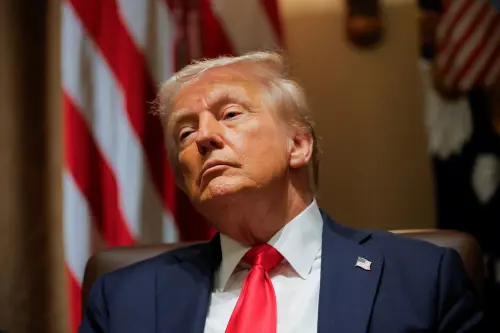
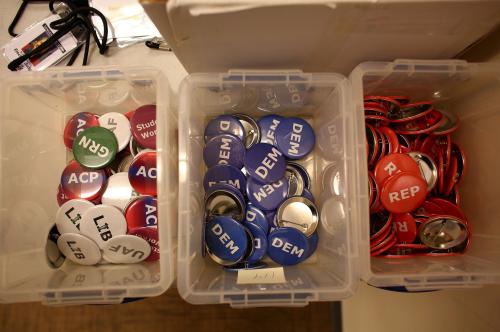
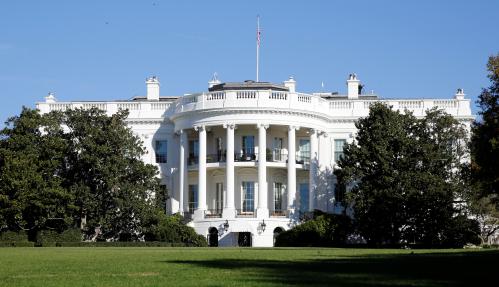

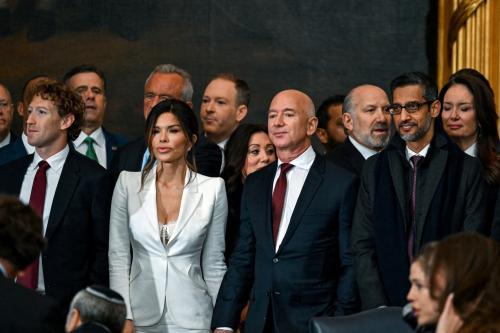
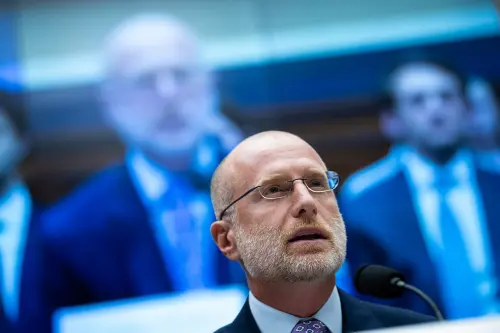
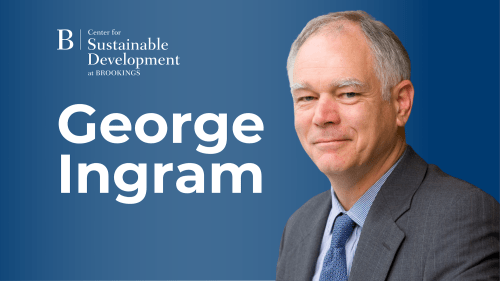
Commentary
What will Facebook’s ban mean for Donald Trump’s future?
May 5, 2021